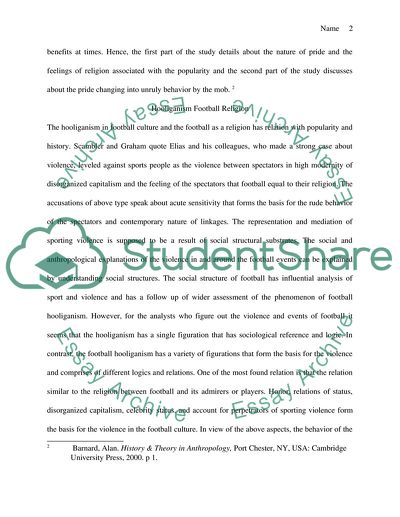Cite this document
(Social Anthropology View of Football Culture Essay, n.d.)
Social Anthropology View of Football Culture Essay. Retrieved from https://studentshare.org/social-science/1715495-social-anthropology-football-culture
Social Anthropology View of Football Culture Essay. Retrieved from https://studentshare.org/social-science/1715495-social-anthropology-football-culture
(Social Anthropology View of Football Culture Essay)
Social Anthropology View of Football Culture Essay. https://studentshare.org/social-science/1715495-social-anthropology-football-culture.
Social Anthropology View of Football Culture Essay. https://studentshare.org/social-science/1715495-social-anthropology-football-culture.
“Social Anthropology View of Football Culture Essay”, n.d. https://studentshare.org/social-science/1715495-social-anthropology-football-culture.


